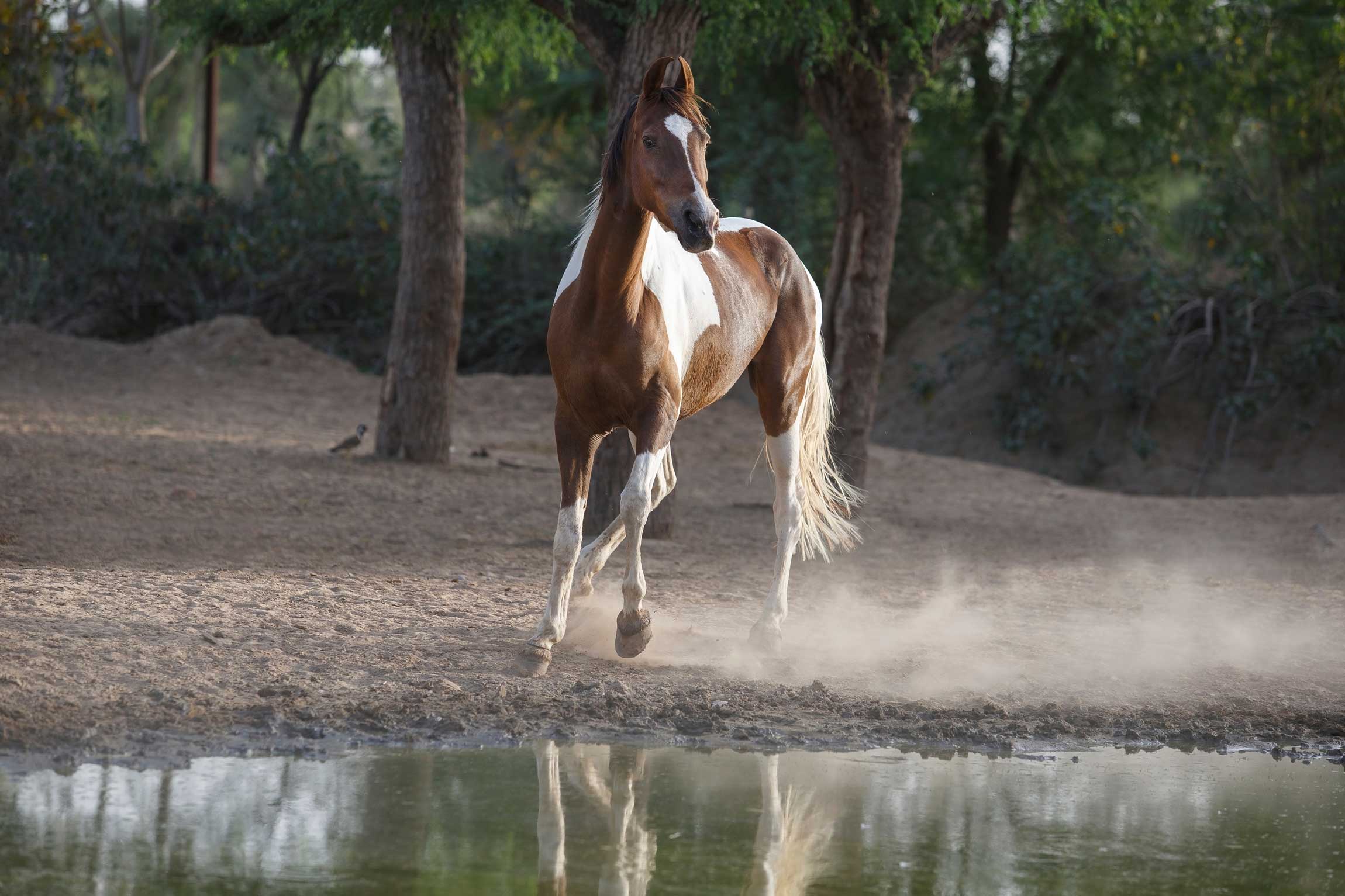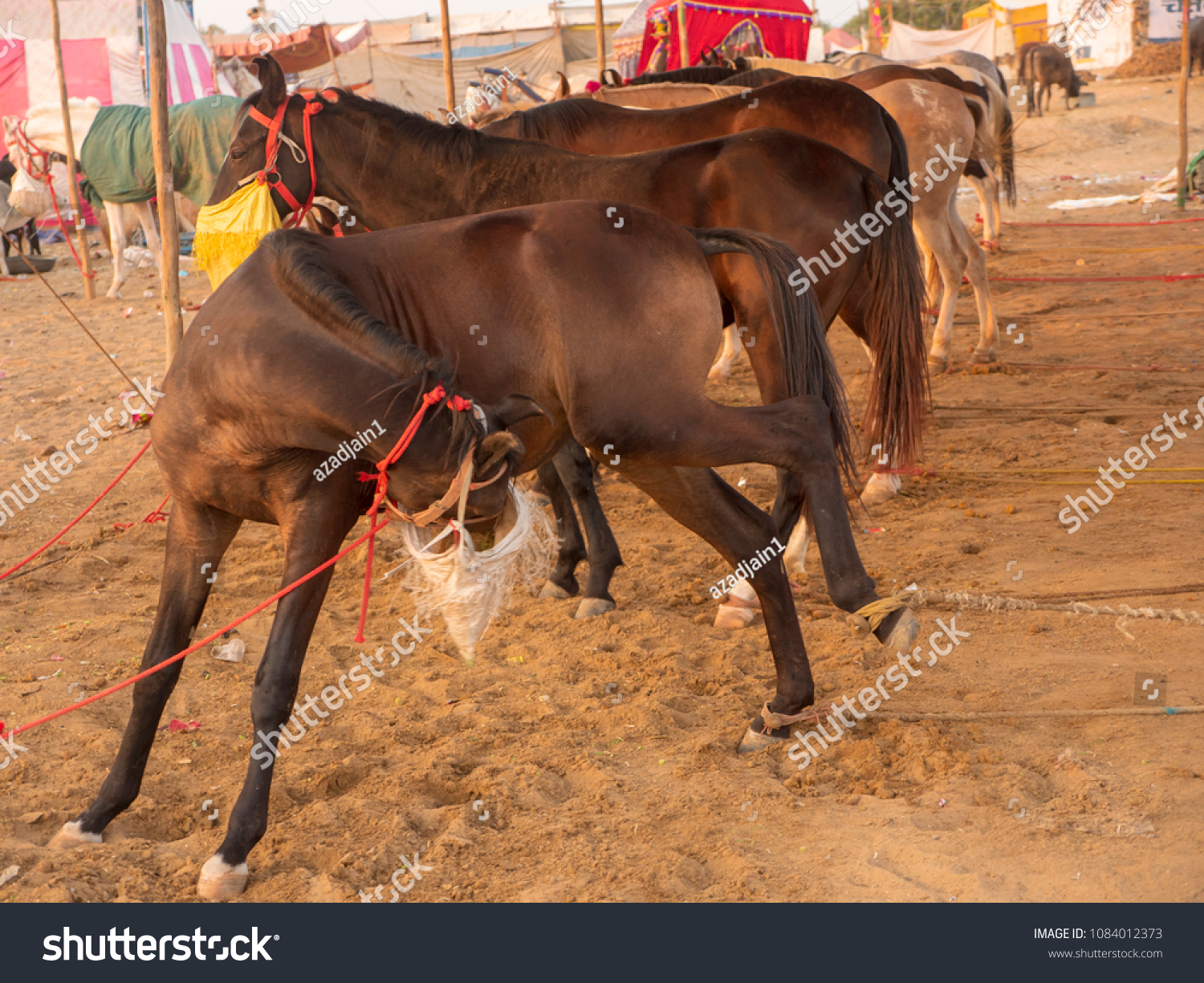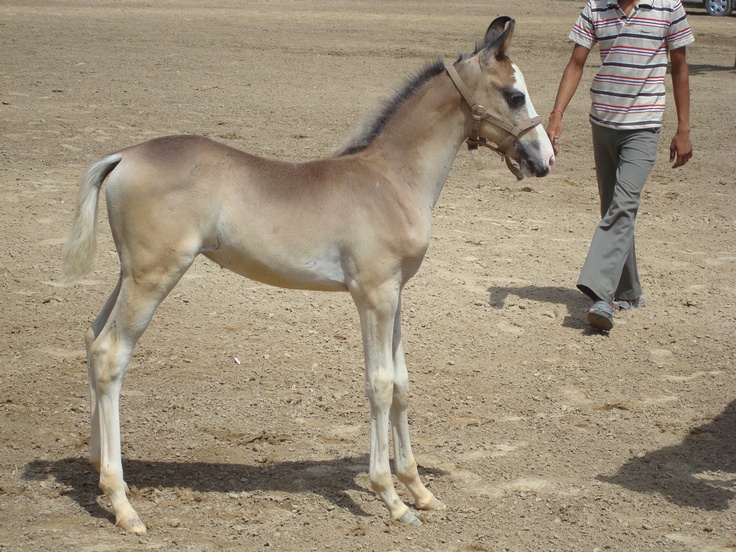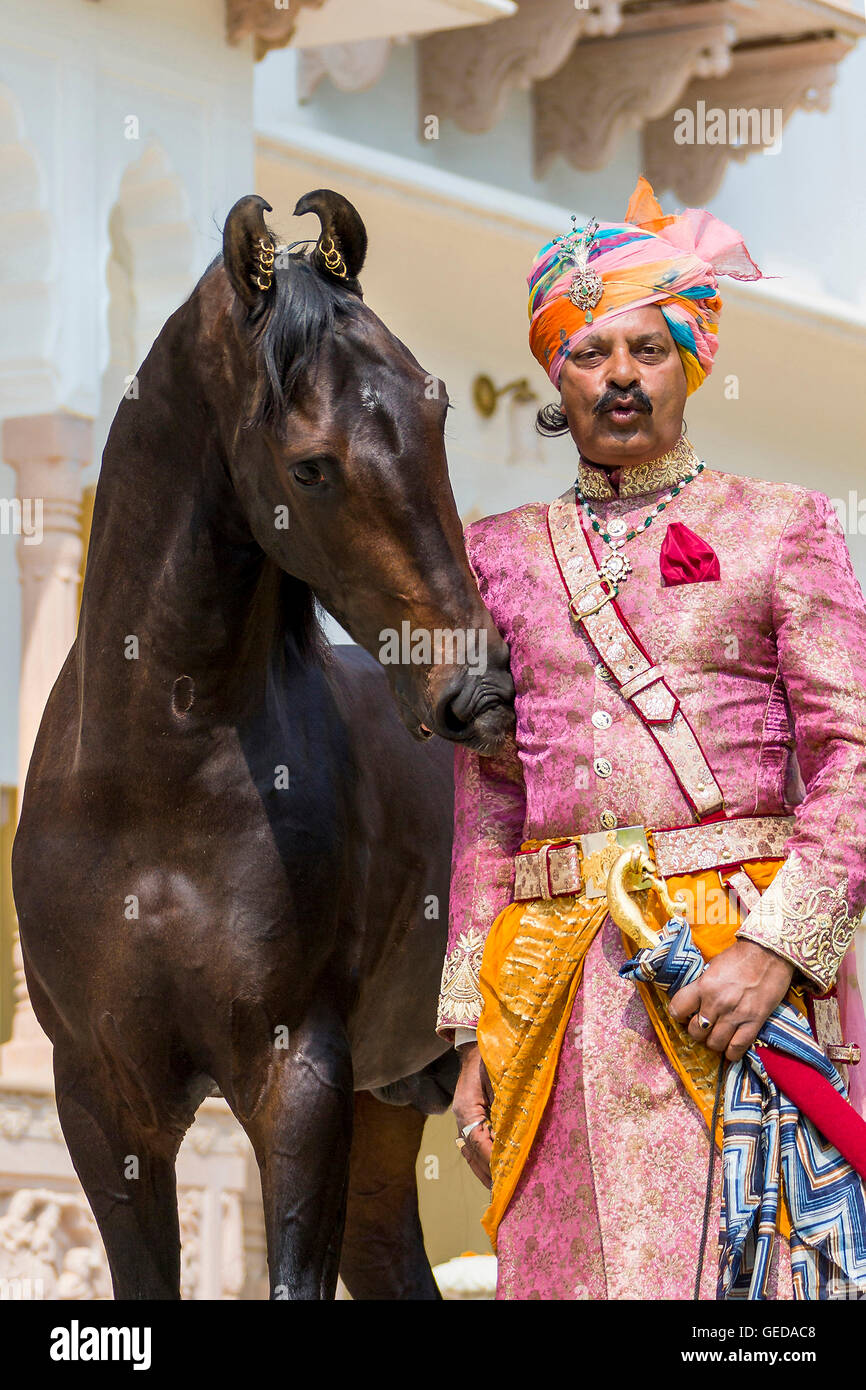The Marwari Horse: India’s Dancing Horse

The Marwari horse is a rare and majestic breed native to the Marwar region of Rajasthan, India. Known for its distinctive inward-turning ear tips and graceful movements, this breed has earned the nickname “India’s dancing horse.” This article explores the history, characteristics, cultural significance, and care of the Marwari horse.
Table of Contents

- Introduction to the Marwari Horse
- Historical Background
- Physical Characteristics
- Unique Gait and Movement
- Cultural Significance
- Care and Maintenance
- FAQs
1. Introduction to the Marwari Horse

The Marwari horse is renowned for its elegance and agility. It has been bred for centuries by the Rajput warriors and is celebrated for its loyalty, endurance, and unique appearance. This breed is not only a symbol of pride in Rajasthan but also a living heritage of Indian equestrian culture.
2. Historical Background
Originating from the arid regions of Rajasthan, the Marwari horse was historically used by Rajput cavalry for warfare and ceremonial purposes. Its ability to endure harsh desert conditions and its bravery in battle made it a prized possession. Over time, the breed has been preserved through careful breeding programs.
3. Physical Characteristics
- Height: Typically ranges from 14 to 16 hands (56 to 64 inches)
- Color: Common colors include bay, gray, chestnut, and black
- Distinctive Features: Notably, the inward-turning ears that sometimes touch at the tips, giving the horse a unique and expressive look
- Build: Lean yet muscular, built for speed and agility
4. Unique Gait and Movement
The Marwari horse is famous for its ambling gait, which is smooth and comfortable for riders. This gait, often described as a “dancing” movement, allows the horse to cover long distances with ease and minimal rider fatigue. This distinctive movement is a key reason for its nickname.
5. Cultural Significance
In Rajasthan, the Marwari horse is more than just an animal; it is a cultural icon. It features prominently in festivals, weddings, and traditional ceremonies. The horse is often adorned with elaborate decorations and is a symbol of status and valor.
6. Care and Maintenance
Proper care is essential to maintain the health and beauty of the Marwari horse. This includes:
- Balanced diet rich in nutrients
- Regular exercise to maintain agility
- Grooming to keep the coat shiny and healthy
- Veterinary check-ups to prevent and treat illnesses
7. FAQs
Q1: Why are Marwari horses called “dancing horses”?
A1: Because of their unique ambling gait that looks like a dance, providing a smooth ride.
Q2: Are Marwari horses good for beginners?
A2: They are generally spirited and may require experienced riders, but with proper training, beginners can also enjoy them.
Q3: How rare are Marwari horses?
A3: They are considered a rare breed, with efforts ongoing to preserve their lineage.
Q4: What is the average lifespan of a Marwari horse?
A4: Typically, they live between 25 to 30 years with good care.
The Marwari horse remains a symbol of India’s rich equestrian heritage, admired for its beauty, endurance, and unique charm. Whether for cultural events or equestrian sports, this breed continues to captivate horse enthusiasts worldwide.
